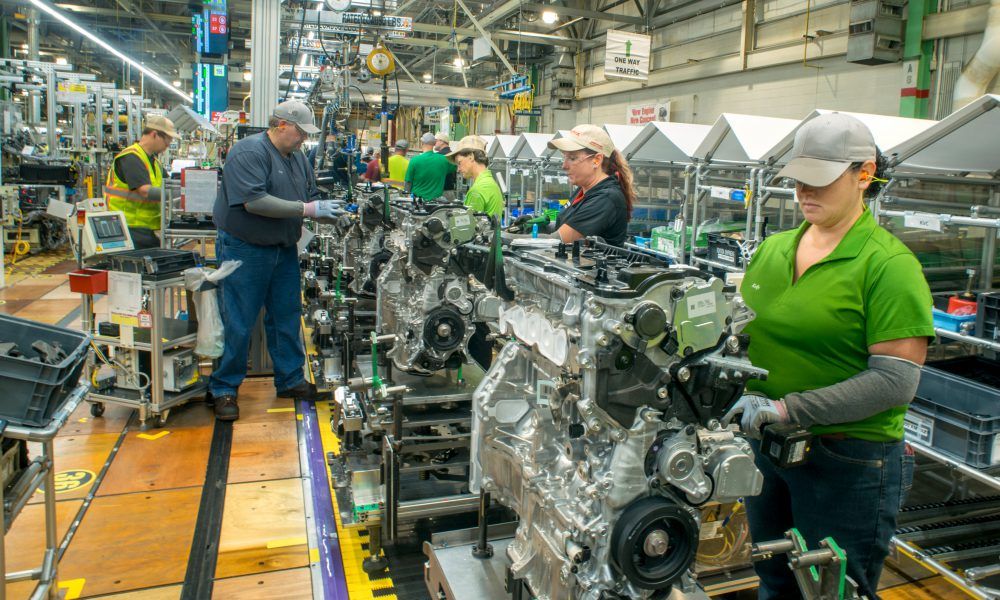The Toyota company projected that the world’s automotive industry will continue to grow in the medium and long term.
But he also estimated that competition in that sector will be more intense.
Toyota sees the auto industry continuing to grow driven primarily by growth in China and other emerging markets.
However, global competition is expected to be severe, as the pace of technological advancement and new product development, particularly related to electrification, will accelerate further, including in response to increased global environmental awareness with a view to to carbon neutrality and the strengthening of various standards in line with that awareness.
Starting point: In 2020, China, North America, Europe and Asia were the largest automotive markets in the world.
The share of each market worldwide, which Toyota estimates based on the car sales data available in the information for each country and region, was 32% for China, 22% for North America (21% excluding Mexico and Puerto Rico), 21% for Europe and 10% for Asia.
In particular, new vehicle sales in China declined for the third year in a row, to approximately 25.2 million units.
Meanwhile, in North America new vehicle sales were around 17.1 million units, down from the previous year.
Also in Europe, sales of new vehicles decreased compared to the previous year by a figure of around 16.6 million units.
Finally, in Asia (including India, but excluding Japan and China), new vehicle unit sales also decreased from the prior year to approximately 8.1 million units.
Automotive industry
The automotive sector, which experienced the steepest decline among steel-using sectors during the lockdown in 2020, experienced a strong recovery in the second half of 2020.
Although supply chain disruption is still evident in some markets, the recovery is driven by demand and increased household savings.
According to the World Steel Association (Worldsteel), light vehicle production in the United States recovered to its pre-pandemic level in the third quarter of last year, but has been on a downward trend since then, in part due to supply chain disruptions.
In the European Union, a strong recovery is taking place and the automotive sector in that area is expected to recover by 15.3% in 2021.
However, it is still well below its level when the manufacturing recession began in 2018. The European Union’s automotive sector is facing uncertainty with component shortages and a weak demand outlook due to general economic uncertainty.
Global demand
In turn, according to Worldsteel, in China, car production soared in the first half of this year. In particular, the production of new energy vehicles increased almost 200% from January to August 2021, representing 11.2% of the total vehicles produced in the same period.
From Worldsteel’s perspective, supply chain disruption is significantly undermining the recovery of the global auto industry.
With pent-up demand dissipating, car production growth in 2022 will slow, although high backorders will provide some support.
![]()

